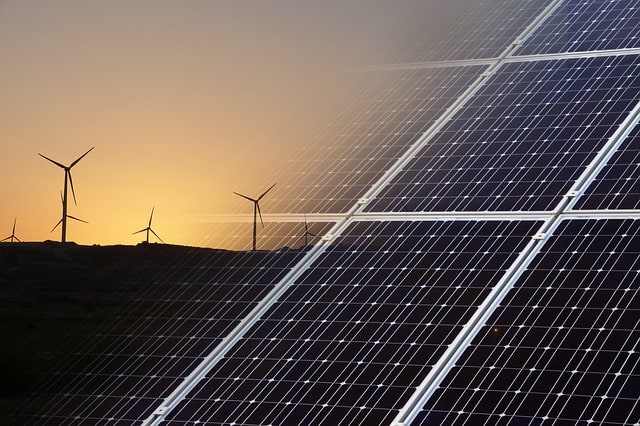Analysts have deduced that the energy demand rate in India may rise by 1,005 million tonnes of oil equivalent (Mtoe), and between a period of 2016 to 2040. This accounts for about 30 percent of the world’s energy demand within the same period of years (i.e., 2016-2040). This implies that, India’s demand alone will surpass the increase in energy demand of places like China (790 Mtoe), West Asia (480 Mtoe); and Africa (485 Mtoe), during the above period.
It is very predictable that India would likely lead the global energy demand growth by 2040, as reported by the International Energy Agency in its annual World Energy Outlook report, 2017, on Tuesday. In comparison with places of high energy demands as estimated by the agency such as China, West Asia, Africa, etc, the Indian energy demand would surpass.
However, US, Japan and Europe may reduce their energy demand by 30 million tonnes of oil equivalent (Mtoe), 50 Mtoe, and 200 Mtoe, respectively, by. 2040. It is very clear from the analysis, that there would be much more energy demand in India than in any other place by 2040.
Considering the current state of the nation, India, as it booms in manufacturing and a bigger, richer, more-urbanized population set the nation on the path of quick and steady expansion, the International Energy Agency (IEA) said. The country’s oil demand is expected to attain a whooping quantity of about 10 million barrels per day in the next quarter of a century, marking, most probably, the IEA forecast fastest growth in the world.
The statement was by the Paris-based agency, said in a report released on Tuesday, Last month. The use of coal which is the mainstay of the country’s power generation, will also increase due to cities, adding about 315 million people, the international energy agency said in its report. India, home to a sixth of the world’s population, currently accounts for only 6 percent of global energy use at present, which implies that one out of every five Indians are yet to gain access to electricity.
The Prime Minister, Narendra Modi’s government has pledged to bridge that abyss, promising to light up every house by 2019. In order to achieve an effective national electricity supply, the nation plans a record increase in coal production as it builds new cities and as it has taken on an unprecedented $200 billion plan to generate renewable energy.
Environmental concerns have been raised, particularly air pollution resulting from India’s expanding industrialization and urbanization, with several of its cities reporting an alarming decline in air quality. Rapid growth in energy use, especially the use of fossil fuels like coal, may exacerbate the situation, the IEA said.
India has vowed to increase power-generation capacity using non-fossil fuels to 40% by 2030. They would cut an alternative path of relying on solar, wind and other renewable energy projects, to meet its clean-energy goals, in view of the slow progress in constructing large dams and nuclear plants, according to the agency. A policy framework will be critical to meeting India’s energy demand, the IEA said, pointing to losses from local electricity distribution.
A policy overhaul will help attract necessary investments of an estimated amount of $2.8 trillion in energy supplies. While India looks all ready to have the fastest growth in energy demand, the structural shifts in China’s economy may likely result in an 85% reduction in energy use for every unit of growth there, according to the report.
The IEA report says that traditional disparities between energy producers and consumers are not clear, and that a new set of major developing countries, led by India, is moving towards centre stage. “There is a fourfold shift towards the rapid deployment and falling costs of clean energy technologies, the growing electrification of energy, to a more service-oriented economy and a cleaner energy mix in China, and the resilience of shale gas and tight oil in the United States,” the Paris based agency said in its report.
Rapid deployment of solar photovoltaic (PV), led by India and China, will help solar energy become the most prominent source of low carbon capacity by 2040, the report said. The energy agency has also deduced that electricity demand in India would double by 2040. It would be 2,504 billion units, in juxtaposition with the 1,154 billion units in 2016 and 2017.
Thus, from the IEA forecast, the large population of India, the current consumption and demand for energy in India; and the abounding industrialization and urbanization ongoing in India. It is safe to conclude that between 2016 and 2040, India would be the mainstay of global energy demand.






